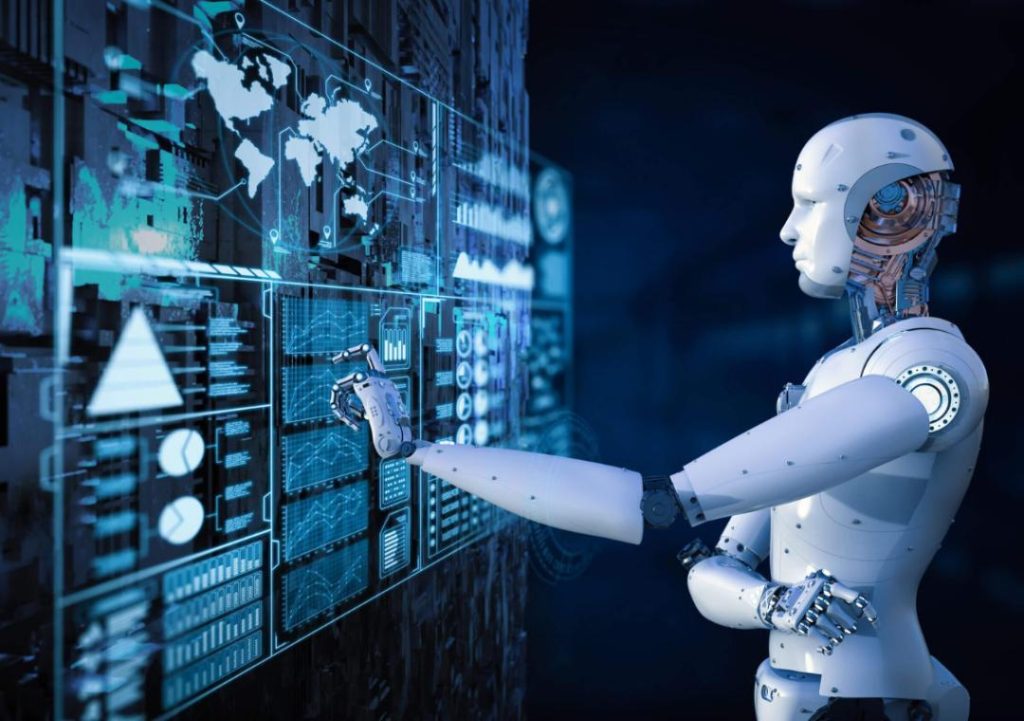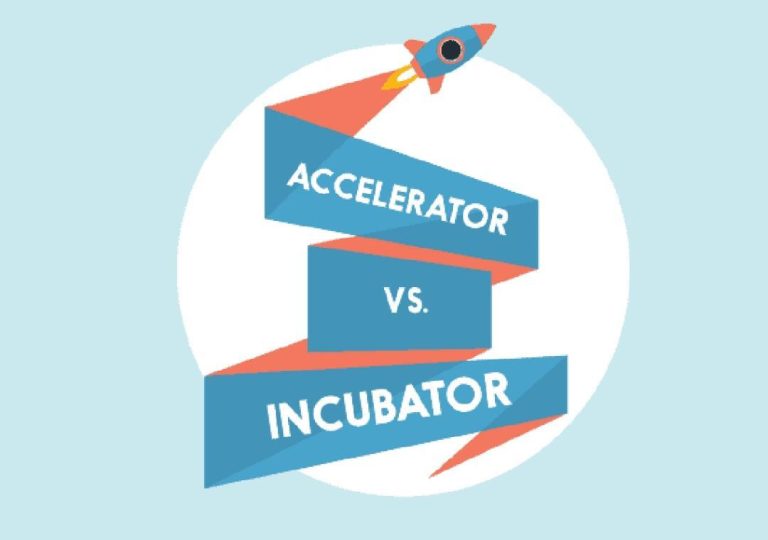
AI & Automation: The Productivity Power Duo
In today’s fast-paced business landscape, organizations are constantly seeking ways to boost productivity, streamline processes, and gain a competitive edge. The answer lies in the dynamic duo of AI and automation. By combining the capabilities of robotic process automation (RPA) with artificial intelligence, businesses can revolutionize the way they operate, making it possible to execute routine tasks with speed and accuracy while tackling complex decisions with intelligence.
In this blog post, we’ll delve into the world of intelligent automation and explore how it’s redefining efficiency across industries.
The Rise of Intelligent Automation
Intelligent automation is a game-changer. It’s an approach that marries traditional automation with AI-driven insights to create a more agile, adaptable, and efficient way of working. By leveraging machine learning and deep learning algorithms, businesses can automate tasks that were previously thought to be too complex or time-consuming for automation.
The benefits of intelligent automation are numerous. By automating routine tasks, businesses can:
- Reduce the risk of human error
- Increase speed and accuracy
- Free up human resources for more strategic and creative work
- Improve customer satisfaction
- Enhance compliance and risk management
How AI and Automation Work Together
So, how do AI and automation work together to achieve these benefits? The answer lies in the way they’re designed to complement each other.
RPA is a type of automation that mimics human interactions with software applications, allowing bots to perform tasks such as data entry, document processing, and customer service. RPA is excellent at handling repetitive, rule-based tasks that don’t require complex decision-making.
AI, on the other hand, is a set of algorithms and models that enable machines to learn from data, recognize patterns, and make predictions or recommendations. AI is ideal for tackling complex decisions that require human intuition, creativity, and expertise.
When combined, AI and automation create a powerful synergy. RPA bots can handle the mundane, transactional work, while AI-driven models can analyze data, identify trends, and make informed decisions.
Real-World Examples of Intelligent Automation in Action
Intelligent automation is already transforming industries and businesses around the world. Here are a few examples:
- Healthcare: AI-powered chatbots are being used to triage patient inquiries, freeing up medical staff to focus on more complex cases.
- Finance: Automated trading platforms are using AI-driven algorithms to analyze market trends and make high-frequency trades.
- Manufacturing: Robots are being used to perform tasks such as welding, assembly, and quality control, while AI-driven predictive maintenance systems detect equipment failures before they occur.
The Future of Work: Human-Centric Automation
As AI and automation continue to evolve, it’s essential to remember that their purpose is to augment human capabilities, not replace them. The future of work is about creating a human-centric automation landscape that empowers humans to focus on strategic, creative, and high-value tasks.
By automating routine tasks, businesses can free up their human resources to:
- Focus on high-value tasks that require creativity, empathy, and human judgment
- Develop new skills and expertise
- Collaborate more effectively with AI systems
- Drive innovation and growth
Conclusion
The partnership between AI and automation is a powerful one. By combining the strengths of RPA and AI, businesses can create a more agile, efficient, and adaptive operating model that drives growth, innovation, and customer satisfaction.
As the technology continues to evolve, it’s essential for businesses to stay ahead of the curve and adopt intelligent automation strategies that prioritize human-centricity and collaboration.
News Source:






